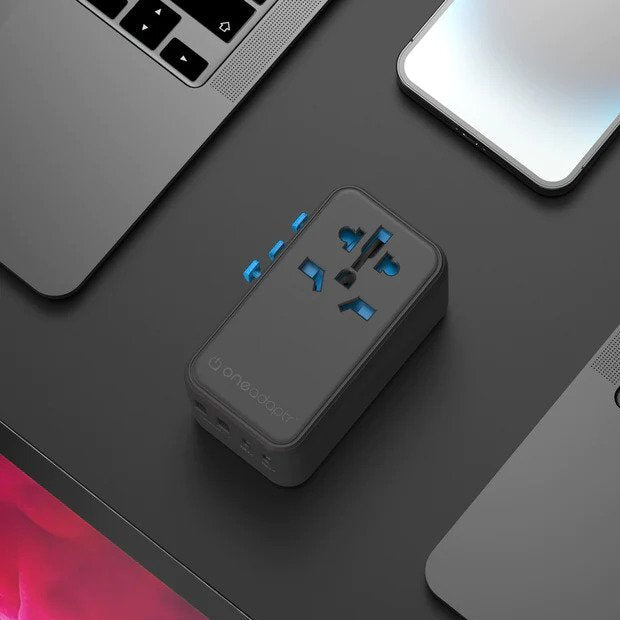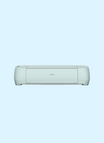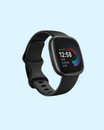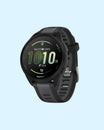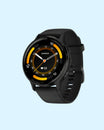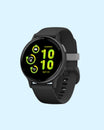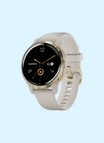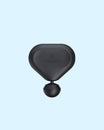Samsung S85D vs S95D
Elisabeth Christ
Updated September 2024

When it comes to OLED TVs, both the Samsung S85D and S95D offer quite satisfying performance with a dash of elegance. The S85D brings traditional WOLED technology, while the S95D amps things up with Quantum Dot OLED brilliance. Both models stand out with sleek designs, smart features, and impressive gaming capabilities, but each offers its unique take on display performance and sound quality. In this comparison, we’ll dissect their features, from image quality to gaming performance, to determine which one reigns supreme.
Key Takeaways
The Samsung S85D, with its WOLED panel and sleek design, offers excellent 4K performance and smart features at a competitive price point. The S95D, on the other hand, takes image and gaming performance to the next level with its Quantum Dot OLED panel, 144Hz refresh rate, and superior brightness. If gaming and dynamic HDR content are your priorities, the S95D will offer more value, but for those focused on solid OLED performance without breaking the bank, the S85D is a reliable choice.


Samsung S85D OLED TV
Entry-level OLED with Excellent Picture Quality
✓ Slim and stylish design
✓ Object Tracking Sound Lite & Dolby Atmos
✓ NQ4 AI Gen2 Processor
✓ 120Hz native refresh rate

Samsung S95D OLED TV
Entry-level OLED with Excellent Picture Quality
✓ Samsung’s One Connect box
✓ Infinity One design
✓ Dolby Atmos & DTS support
✓ Up to 144Hz refresh rate
#1 Design and Build Quality

Samsung S95D OLED TV
The design language of these two models is nothing short of premium. The Samsung S85D adopts a flowing, wave-inspired Contour Design that pairs sophistication with sleekness. Its ultra-slim profile creates a harmonious blend of elegance and minimalism, making it a centerpiece in any modern living space. With its slim, curved rear panel and discreet edge feet, the S85D emphasizes subtlety without compromising functionality. The SolarCell One remote, which charges via indoor light, adds a touch of sustainability and convenience to the setup.
The S95D takes the design to another level with its Infinity One design, which is impressively thin at just 11mm (0.4 inches). Unlike the S85D, the S95D features Samsung’s One Connect box, simplifying cable management with a single-cable connection. This results in a cleaner, less cluttered setup. The sturdy metal frame enhances its premium feel, while the compact SolarCell remote adds a modern, eco-friendly touch. Despite the absence of backlit buttons on the remote, the S95D’s aesthetic easily exudes a high-end allure.
#2 Image Quality and Display Features

Samsung S85D OLED TV
In terms of display technology, the S85D utilizes a traditional WOLED panel, known for its deep blacks and bright whites thanks to individually controlled pixels. Its NQ4 AI Gen2 Processor works in tandem with 20 AI neural networks, ensuring precise 4K upscaling and accurate Pantone-validated colors. With HDR support for HDR10, HDR10+, and HLG, the S85D delivers an impressive visual experience, though it lacks Dolby Vision. The 120Hz refresh rate ensures smooth motion, perfect for high-speed content, while its energy-efficient AI mode helps reduce power consumption.

Samsung S95D OLED TV
Meanwhile, the S95D takes a leap forward with its Quantum Dot OLED panel, offering a significant boost in brightness and color accuracy. Real Depth Enhancer and OLED HDR Pro work together to create a more dynamic and detailed image. With peak brightness hitting 1868 nits in HDR, the S95D excels in both dark and well-lit environments. Its wide color gamut, covering 99.8% of UHDA-P3, makes it a vibrant contender for cinephiles and gamers alike. Plus, the S95D’s true blacks and high contrast give it an edge in delivering immersive content, particularly in Filmmaker Mode.
#3 Gaming Performance

Samsung S85D OLED TV
When it comes to gaming, the Samsung S85D offers a solid experience with its 120Hz native refresh rate and Motion Xcelerator technology, which enables smooth 4K120Hz gameplay. The inclusion of Samsung Gaming Hub provides access to game streaming services like Xbox Cloud Gaming, while the Game Bar allows easy access to gaming settings. With support for FreeSync Premium Pro, screen tearing and stuttering are kept to a minimum, making it a well-rounded choice for casual and competitive gamers alike.

Samsung S95D OLED TV
The S95D, however, is built for top-tier gaming. With a higher 144Hz refresh rate and VRR support (including FreeSync Premium Pro and ALLM), it caters to gamers seeking ultra-smooth gameplay. Its 8.9ms input lag further reduces latency, providing an edge in fast-paced, action-packed games. The S95D’s Motion Xcelerator Turbo Pro and the same Gaming Hub features found in the S85D make it a true gaming powerhouse, with AI Auto Game Mode enhancing the experience for competitive titles. For serious gamers, the S95D’s superior refresh rate and lower input lag might make all the difference.
#4 Sound Quality

Samsung S85D OLED TV
In the audio department, the S85D delivers a respectable performance with its 2.0 speaker setup and Object Tracking Sound Lite. The inclusion of Dolby Atmos enhances immersion by simulating 3D sound, while Adaptive Sound Pro optimizes audio based on room acoustics and content. Although its total output is limited to 40W, the S85D provides clear dialogue and a decent soundstage, especially when paired with a soundbar via Samsung’s Q-Symphony feature.
The S95D ups the ante with its 4.2.2 speaker configuration, producing an impressive 70W of power. Object Tracking Sound+ offers a more immersive audio experience, as sound follows the action across the screen. Rear-firing speakers and bass transducers ensure deep, controlled bass and well-balanced sound across all frequencies. With Dolby Atmos and DTS support, the S95D excels in creating a cinematic audio experience, providing clearer dialogue and a more expansive soundstage compared to the S85D.
#5 Additional Features and Connectivity

Samsung S95D OLED TV
Both models shine in their connectivity options. The S85D offers 4 HDMI 2.1 ports, supporting ALLM, VRR, and 4K at 120Hz, ensuring seamless connectivity for gaming consoles and streaming devices. The TV also integrates Samsung’s SmartThings hub, enabling smart home control directly through the TV interface. Samsung TV Plus, offering over 800 free channels, and AI Energy Mode round out the S85D’s suite of smart features.
On the other hand, the S95D adds extra value with its HDMI 2.1 ports supporting up to 144Hz, making it future-proof for the latest gaming consoles. It also includes an ATSC 3.0 tuner for enhanced broadcast quality. The One Connect box, as mentioned earlier, keeps all the connections tidy. Both TVs come with Tizen OS, but the S95D edges out with faster AI processing for smart TV functions, offering a slightly more refined and responsive user experience.
Samsung S85D vs S95D
Final Thoughts

Samsung S85D vs S95D
For home theater enthusiasts and competitive gamers alike, both the S85D and S95D bring something special to the table. The S85D is a great pick for those who prioritize elegant design and strong OLED performance at a more affordable price. However, if you're looking for cutting-edge display technology and the ultimate gaming experience, the S95D, with its Quantum Dot OLED panel and enhanced refresh rate, should be your go-to.
If you like to read more about Smart TVs, check out our other relevant guides here:
TCL QM8 vs Samsung QN90C
TCL QM8 vs Samsung QN90B
TCL QM8 vs Hisense U8N
TCL QM8 vs Hisense U8K
TCL Q6 vs Q7
TCL QM8 vs Q7
Author

Elisabeth Christ
Don't miss out on tech
Subscribe to our newsletter to stay up to date on the latest tech trends and guides on the best gadgets around.


